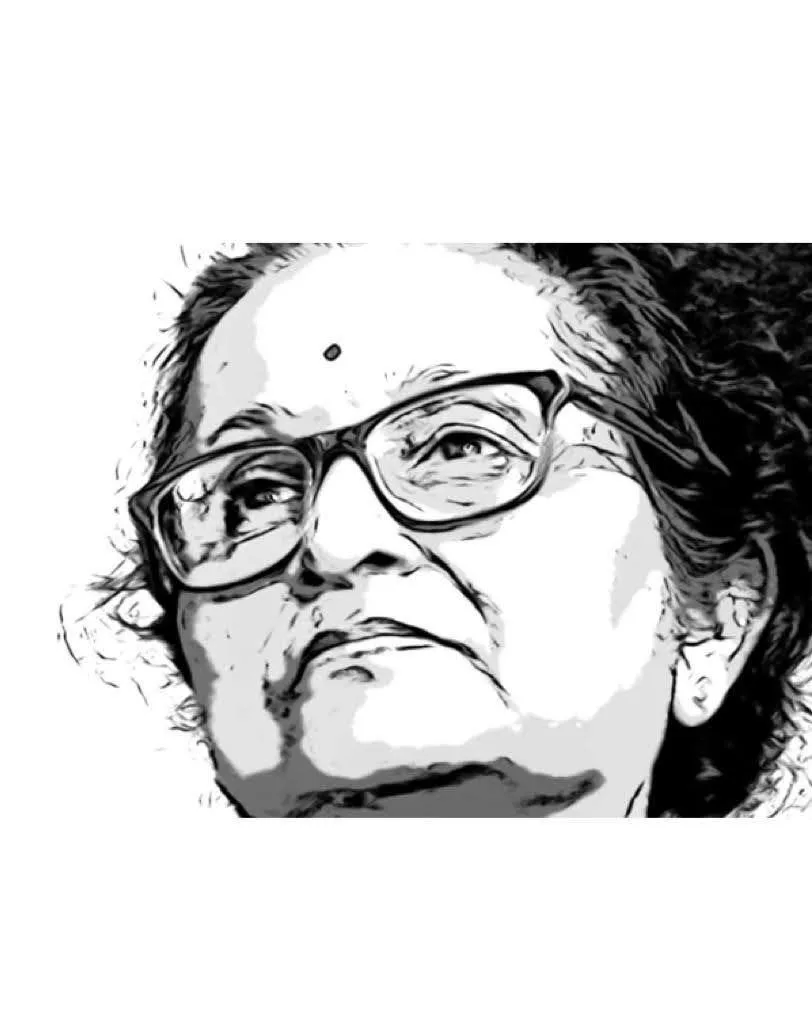Yoga and pranayama are a combined package essential for everyday fitness, and should be practised daily.
By Sarita Shandilya @saritashandilya
I have been a yoga and pranayama practitioner for 20-25 years. During this period, I have met many ailing people. Many of them thought that they were hopeless cases as every kind of therapy had failed them over time. Tired and desperate, they eventually reached out to yoga centres where their lives changed for the better!
Fitness is not a one-day thing; it is a disciplined lifestyle. It is a lifelong process. Similarly, yoga needs to be practised continuously every day to keep fit.
Globally, yoga is understood as a combination of physical exercises (asanas) and breathing exercises (pranayama). Many people today claim to practise yoga for its health benefits, without its Indian connection. But among Indians, yoga refers to the union of our consciousness with Divine Consciousness, to reach a super-conscious state. This is a philosophy.

A human is made up of body and soul. If the two are united, humans function perfectly. If there is a slight difference in the wavelength of body and soul, human functioning is disturbed. Yoga is a uniting factor between body and soul. Yoga means “joining” or “joint.” We could say that yoga unites the body and soul to a unison rhythm. The mobility of one’s body is so crucial that all of the joints of one’s body have to be flexible to remain toxin-free. Just as we eat daily to keep energetic, we have to excrete the toxins deposited in our bodies at each joint. Joint mobility is essential, and here stands yoga.
We can judge whether a person is alive or dead just by checking one’s breathing. When breathing stops, life stops. Our yoga teachers have known this fact from the very beginning – that controlling breathing keeps us fit and energetic. Here emerges pranayama, and breathing is PRAN, i.e. life.
Yoga and pranayama are a combined package essential for everyday fitness of the body and soul, and should be practised daily. If you leave it for a few days due to pressures of life, you’ll need to restart it again and again, but never, ever stop practising yoga and pranayama.
Yoga balances energies and provides health to the physical, mental, emotional, and spiritual dimensions of the individual. Yoga is a long-standing practice in India that has become increasingly more common in Western society. All branches of Indian philosophy have one target – the perfection and unison of the body and soul through action. The method is yoga. Pranayama and yoga combined are the key to basic health for humans – it is a safety shield for our wellness.
Yoga began in India as early as 3000 BC. Yoga, as practised and taught in India, entered the Western world in the 19th century with the translation of basic yogic texts. Following the World Parliament of Religions in Chicago in 1893, Swami Vivekananda introduced yoga to the USA. India has taken a leading role in this field from time immemorial to date, starting from Vedas and Gita. Now, 21st June is celebrated as World Yoga Day. During the last decade, yoga has spread through health and beauty salons also. Baba Ramdev has made it a household practice through television.

The science and practice of yoga and pranayama have started with the dawn of civilization. In the yogic field, Shiva is the first yogi or Adiyogi, i.e. the first Guru or Adi Guru. Rigveda mentions yogic meditation by the wise while Yajurveda tells us to practise yoga for enhancing mental health, physical strength, and prosperity. Upanishads are replete with yogic concepts. In addition, terms like pranayama and samadhi occur repeatedly in the Bhagavad-Gita and Mahabharata. Yoga was systemized by Patanjali in the Yoga Sutras.
After the corona pandemic, awareness regarding health has emerged globally. Natural remedies like yoga and pranayama have proven to be effective methods for the prevention and management of diseases. Such global recognition of yoga testifies to its popularity. Yoga enthusiasts narrate its therapeutic aspects as follows:
- Yoga can reduce hypertension. For stress and stress-induced disorders like hypertension, yoga is the best method for prevention as well as management. Anti-hypertensive agents have undesirable side-effects, so medication, moderately intense aerobic exercise, and yoga are known to control and manage blood pressure.
- Yoga significantly decreases heart rate and systolic and diastolic blood pressures.
- Yogic asanas like Sarvangasana are beneficial in preventing and treating hypertension-associated ventricular problems.
- Yoga orchestrates fine-tuning of neuro-endocrine levels, which results in beneficial changes in hormones.
- Changes in brain waves and blood levels of serum cortisol are also found during yoga exercises.
- Yogic practices act as psychophysiological stimuli for an improved sense of well-being. Deep relaxation is felt within a few minutes of practising Savitri Pranayama (a slow, rhythmic, and deep breathing) and Shavasana (a death-like peaceful relaxation and meditation).
- Yoga is helpful in the management of obesity and improvement in the ideal body weight and body density.
- Yoga has positive health benefits on children, if properly practised.
- Yoga-based relaxation training normalizes the function of the autonomic nervous system.
- Yoga improves autonomic functions by triggering cellular respiration.
- Yoga is beneficial for the physical health of cancer patients. Thus, yoga for mental and physical health triggers muscular activity, producing a stable mental state and physical fitness.
- Yoga helps in respiratory problems as respiratory muscles are like skeletal muscles. Yogic techniques increase skeletal muscle strength. Breath holding time depends on the lung volume capacity, thereby decreasing the discomfort of breath holding.
- Yoga improves one’s overall performance and work capacity. Physical fitness refers not only to cardiorespiratory fitness and muscular strength but also coordination and flexibility. Normal healthy individuals having hypertension, coronary artery disease, or diabetes get adequate blood sugar control and significant decrease in fasting plasma insulin during yoga practice. Long-term yoga practice is associated with increased insulin sensitivity.
- After yoga classes, tension, anxiety, depression, anger, hostility, and fatigue drop significantly, and the mood of elderly people improves.
These benefits were narrated by my fellow yoga practitioners, and I am summarizing them for future yoga enthusiasts.
Although yoga asanas are safe to practise, some are strenuous and difficult and are not appropriate for people with mobility problems. Not entirely risk-free, yoga is a safe form of exercise if practised under the guidance and supervision of a qualified trainer. It is evident that yoga practice is a low-risk, high-yield approach to overall wellness of the human body and soul.

However, there is a definite need for more scientific work to be carried out to elucidate the effects of yoga on the human body in health and disease. Yoga is for everyone.
Just roll out your yoga mat and do some physical, breathing, and mental exercises. You don’t have to have any experience to reap the benefits. In the beginning, just do it, skip it, do it again, modify it, do it again and again, be mindful and practice.
Don’t be intimidated by yoga terminology, fancy yoga centres and complicated poses. Just try these:
Effortless movements (yoga)
For being effortlessly stylish you
Through effortless breathing (pranayama).

(The writer is an eminent litterateur:
(A Doctorate in Ghazal, the writer is a novelist, poetess and a student of Astrology with 30 years experience in Corporate World)








